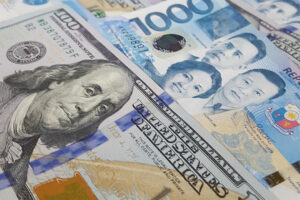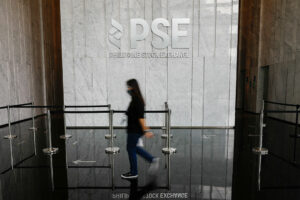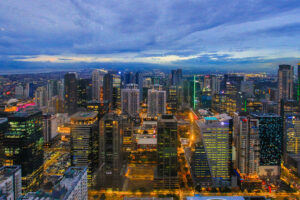The Finance Chief on Tuesday said the multibillion-peso flood control scandal prevented the Philippines from getting a credit rating upgrade from S&P Global Ratings.
“If [only] we did not have the flood control issue,” Finance Secretary Ralph G. Recto told reporters on the sidelines of a Senate budget hearing. “We met with S&P, and they were ready to give us a credit rating upgrade this year.”
The controversy, which involves “ghost” projects and fund misuse in government flood control programs, has triggered investigations by Congress, the Commission on Audit, the Ombudsman, and the Independent Commission for Infrastructure.
The Marcos administration is facing increasing scrutiny over flood control projects, where billions of pesos in public funds were diverted through padded contracts and shell companies.
The scandal highlighted spending inefficiencies and governance lapses that credit agencies closely monitor when evaluating institutional credibility and fiscal management.
Asked whether the Philippines can achieve an “A” credit rating in the next two years, Mr. Recto said: “I hope so.”
He said the government wants to maintain its current credit rating, despite the multibillion-peso corruption scandal.
“There is a big chance they will maintain it, but there was a bigger chance for a credit rating upgrade,” he added.
In November 2024, S&P affirmed its “BBB+” long-term credit rating for the Philippines, which is a notch below the “A” level grade targeted by the government.
S&P had also raised its rating outlook to “positive” from “stable.” A positive outlook means the Philippines’ credit rating could be raised over the next two years if improvements are sustained.
Mr. Recto said the government needs to improve its governance and resolve the flood control mess.
“We have to improve on that,” he added. “I’m convinced that we will be able to resolve this, it will take us a few months to make this all right.”
Additionally, Mr. Recto said that a potential reduction in the value-added tax (VAT) rate may also risk the country’s credit rating.
“A reduction will surely impact your credit rating, for sure. I leave that up to Congress,” he added.
Several lawmakers have filed bills seeking to either scrap or cut the 12% VAT rate. VAT collections account for about a fifth of the Bureau of Internal Revenue’s total revenues.
John Paolo R. Rivera, a senior research fellow at the Philippine Institute for Development Studies, said that the flood control scandal may have delayed the Philippines’ credit rating upgrade due to governance risks.
“While it does not automatically derail the country’s trajectory toward an ‘A’ rating, it delays the momentum,” he said via Viber message.
Mr. Rivera said the government should improve accountability, demonstrate sustained improvement in public financial management, and ensure that infrastructure spending is both transparent and efficient.
“Investor and creditor confidence hinges not just on growth numbers but on how cleanly public funds are spent,” Mr. Rivera said.
Ruben Carlo O. Asuncion, chief economist at Union Bank of the Philippines, said governance issues and perceived corruption significantly weigh on credit ratings.
“The recent flood control scandal certainly adds a negative perception risk, which could delay progress toward an upgrade,” Mr. Asuncion said in a Viber message.
He added that the government must address the issue and exhibit stronger transparency and accountability.
“The Philippines can still preserve its credibility and keep the path toward an eventual ‘A’ rating,” Mr. Asuncion said. “Ultimately, the signal that reforms are being implemented and governance strengthened will matter most to rating agencies.”
Jonathan L. Ravelas, a senior adviser at Reyes Tacandong & Co., said that a credit rating upgrade may still be achievable if the government implements strong reforms that would regain public trust.
“We need to show strong reforms that would bring back public trust (transparency, accountability, and governance), credible fiscal discipline, and a clear break from corruption. If we clean the house and stay the course, the ‘A’ rating is still within reach,” he said in a Viber message. —Adrian H. Halili, Reporter







 DOWNLOAD
DOWNLOAD













